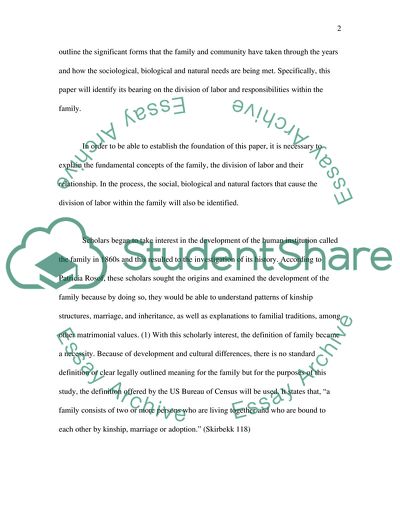Cite this document
(“Division of Labor within the family Research Paper”, n.d.)
Division of Labor within the family Research Paper. Retrieved from https://studentshare.org/miscellaneous/1560149-division-of-labor-within-the-family
Division of Labor within the family Research Paper. Retrieved from https://studentshare.org/miscellaneous/1560149-division-of-labor-within-the-family
(Division of Labor Within the Family Research Paper)
Division of Labor Within the Family Research Paper. https://studentshare.org/miscellaneous/1560149-division-of-labor-within-the-family.
Division of Labor Within the Family Research Paper. https://studentshare.org/miscellaneous/1560149-division-of-labor-within-the-family.
“Division of Labor Within the Family Research Paper”, n.d. https://studentshare.org/miscellaneous/1560149-division-of-labor-within-the-family.


